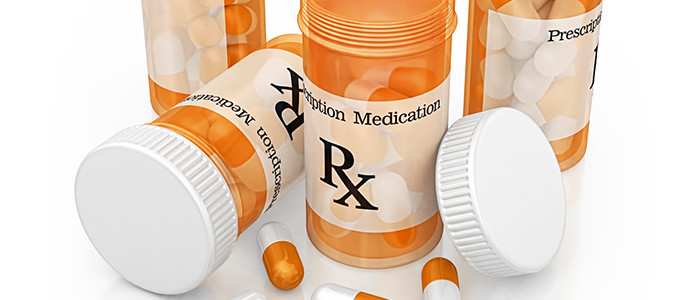Did you know that our hospital has a team of ‘med wreckers’? It’s true, but it isn’t how it sounds. We really aren’t ‘wreckers’. We are fixers. The Med Rec Team is a group of experienced nurses from this hospital who assist the staff in correlating a thorough and accurate list of the patient’s home medications. This is done to ensure safe and effective medication selection during their stay at Central Vermont Medical Center.
What Is Medication Reconciliation?
Medication Reconciliation is a formal process of creating a comprehensive list of medications, doses, administration times and route to be given. It should include prescriptions, herbals, vitamins, nutritional supplements, over-the-counter (OTC) drugs, vaccines, contrast agents and intravenous solutions. In addition, allergies and adverse effects to medications are reviewed and revised if necessary.
Why Is Medication Reconciliation Such A Big Deal?
According to Jane Barnsteiner, director of Nursing Research for the University of Pennsylvania, medication errors represent the most common patient safety error (2015). More than 40% may be linked to inadequate, inaccurate, or incomplete medication lists. Of these, approximately 20% resulted in various levels of harm. The number of medication errors could have been decreased if Medication Reconciliation had been in place. The goal of Medication Reconciliation is to avoid omission errors, duplications, incorrect doses and/or timing, as well as minimizing adverse effects.
How Is Medication Reconciliation Accomplished?
The main process of Medication Reconciliation involves three steps: VERIFICATION, CLARIFICATION, and RECONCILIATION.
VERIFICATION. Interview patient if possible, verify information with providers, review clinical encounters, and contact outpatient pharmacy if necessary. Collect lists of medications, vitamins, supplements, over-the-counter medications and vaccines.
CLARIFICATION. Clarify that the medications, doses, administration times, and route to be given are correct.
RECONCILE. Compare original data with updated. Document changes and notify physician.
What This Means for our Patients (You!)
Click here to download our Health Care Card to help track your Medicines.
This process sounds simple but can actually be quite complicated. We often find that patients do not have an adequate understanding of their medication regimen. Patients might say, “I just went over my medications with my doctor recently. They are all the same.” While logically it should make sense that the medication lists were updated, the reality is that often there are discrepancies
In some cases, knowledgeable family members/caretakers are often unavailable when the patient arrives at the hospital. The patient’s pharmacy may also be able to assist with some information, but sometimes there are multiple pharmacies as well as prescribing physicians involved.
This is where the role of the Medication Reconciliation Nurse comes into play. Even if the patient has provided a list of medications at check-in, it may be necessary for a Medication Reconciliation Nurse to interview the patient when they arrive in the ER or the following day after they have been admitted.
Ultimately, it is the Medication Reconciliation Nurse who has the training and experience to reconcile any discrepancies. It may seem redundant to answer what sounds like the same questions, but it is our goal to make your stay as safe as possible by creating the most accurate list possible.
To learn more about what to expect during your hospital stay at CVMC, click here.






